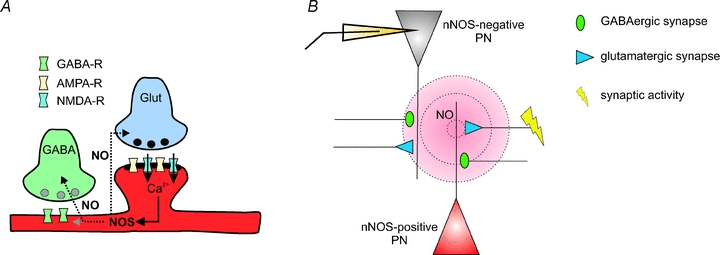Figure 7. Modulation of synaptic transmission in the BLA: schematic diagram of a hypothetical model.

A, synaptic activity at glutamatergic synapses activates AMPA- and NMDA-receptor subtypes. The Ca2+ influx via NMDA-receptors activates the nNOS, producing diffusible NO. NO can modulate the synaptic properties at glutamatergic and GABAergic synapses (in the pre- and/or postsynaptic neuron). The mechanism for LTPi via NO signalling was also suggested in, e.g., VTA neurons (Nugent & Kauer, 2008). B, strong synaptic activity at glutamatergic synapses on nNOS-positive neurons induces the production of NO. Due to its diffusion range (∼80–200 μm; Wood & Garthwaite, 1994; Philippides et al. 2000), NO can influence glutamatergic and GABAergic synapses on nNOS-positive neurons as well as on neighbouring nNOS-negative neurons. Although the overall number of nNOS-positive neurons in the BLA is low, NO modulates a large number of synaptic terminals by ‘volume transmission’.
